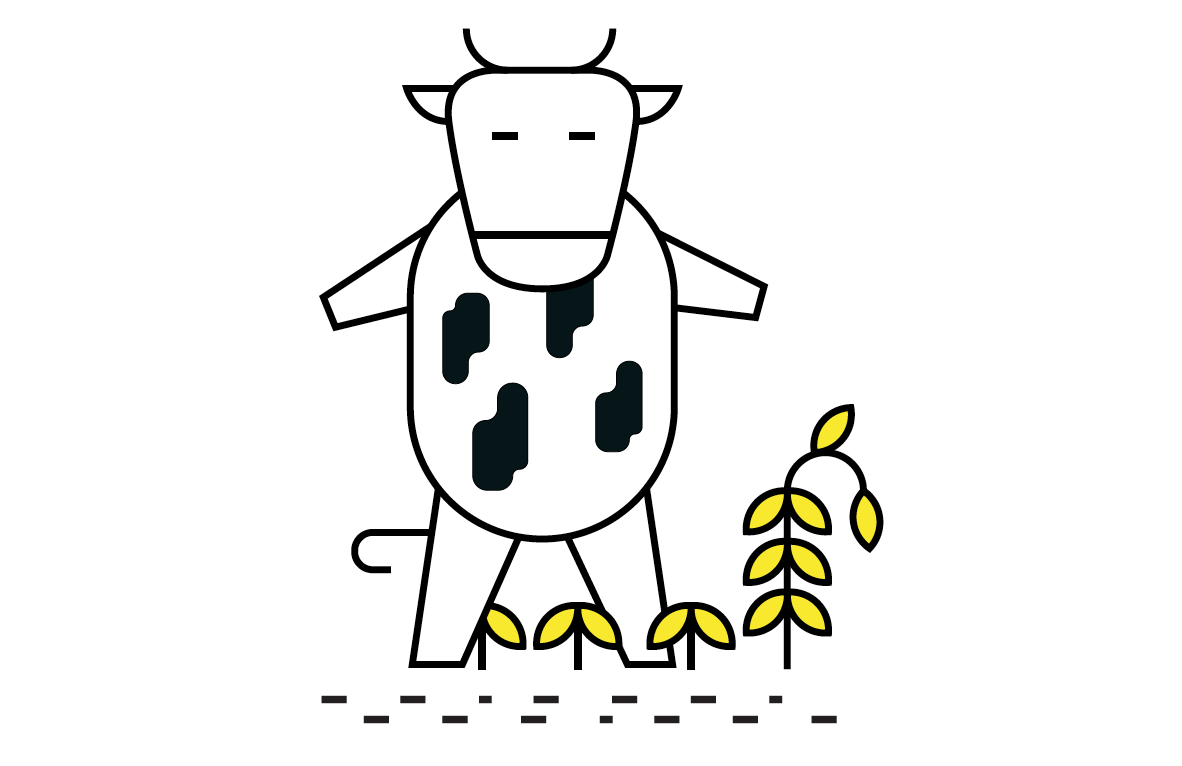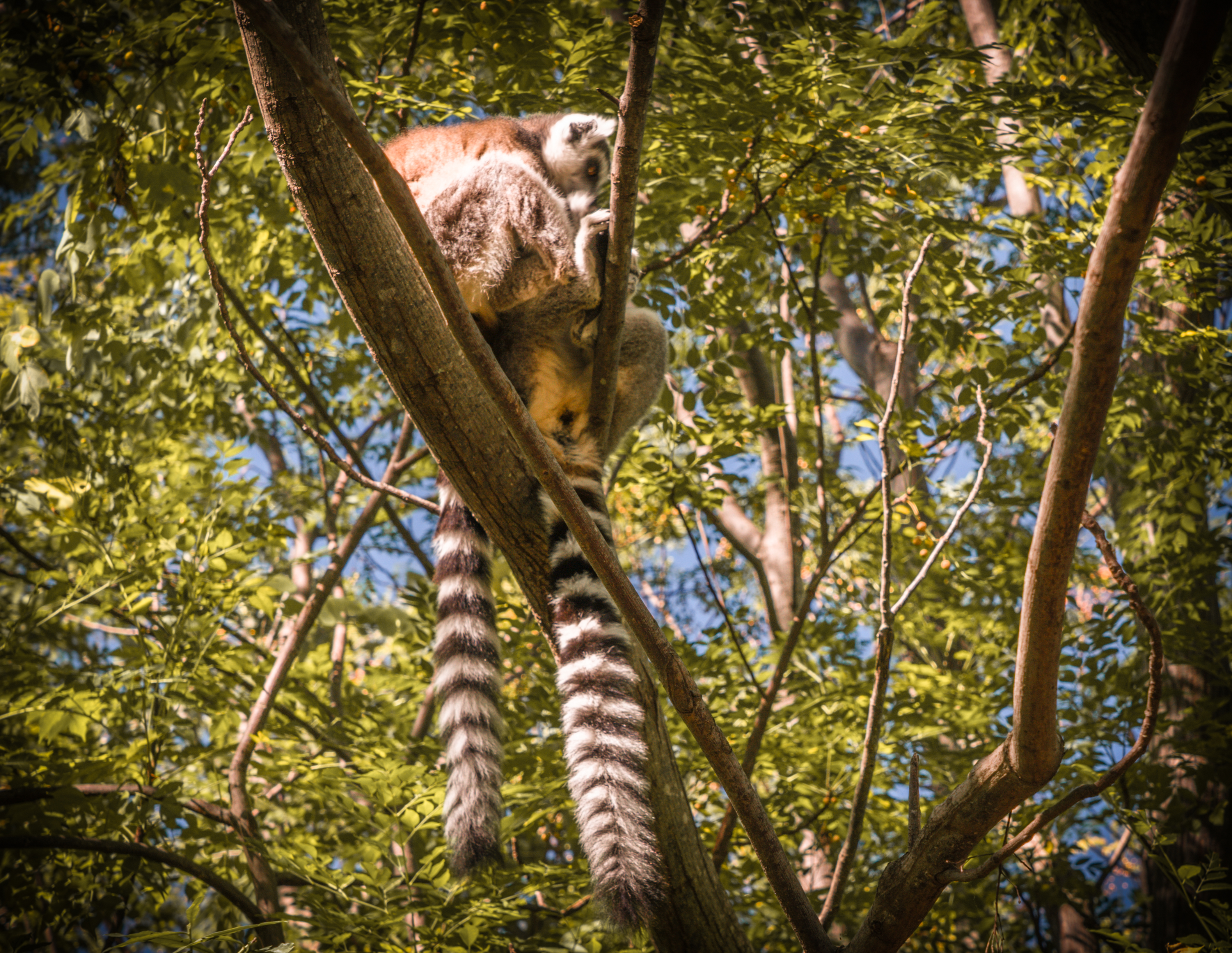
BIODIVERSITY LOSS
problem/solution
THE PROBLEM
Jump to the solution
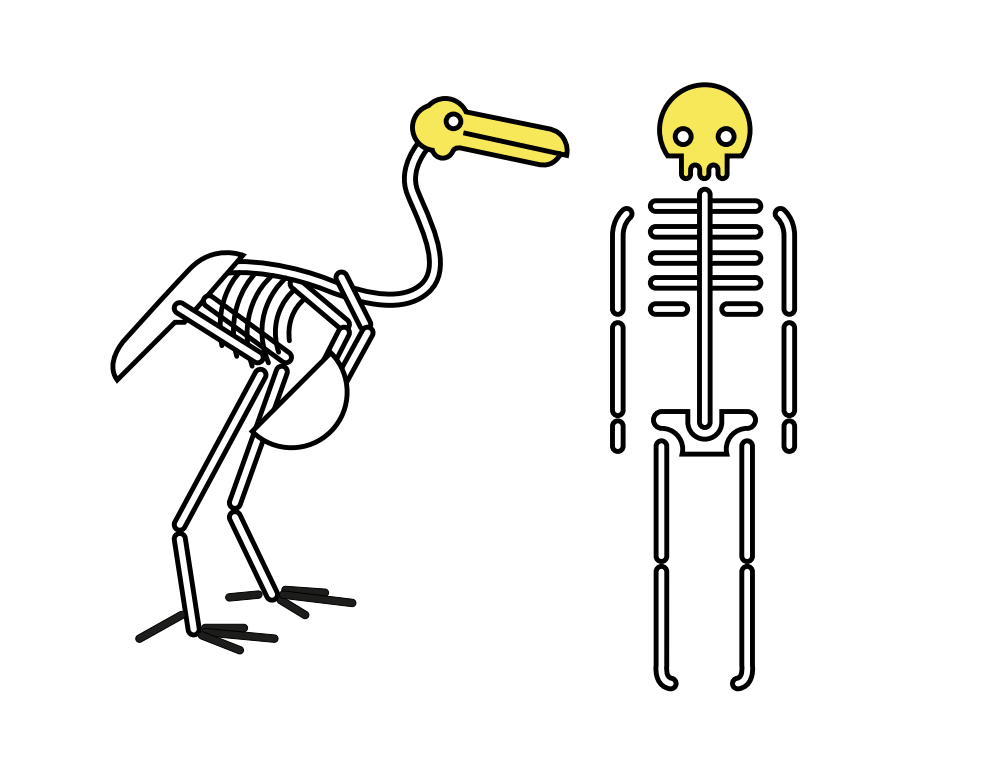
“We are facing our final opportunity to ensure that the many services nature provides us do not get irretrievably sabotaged”
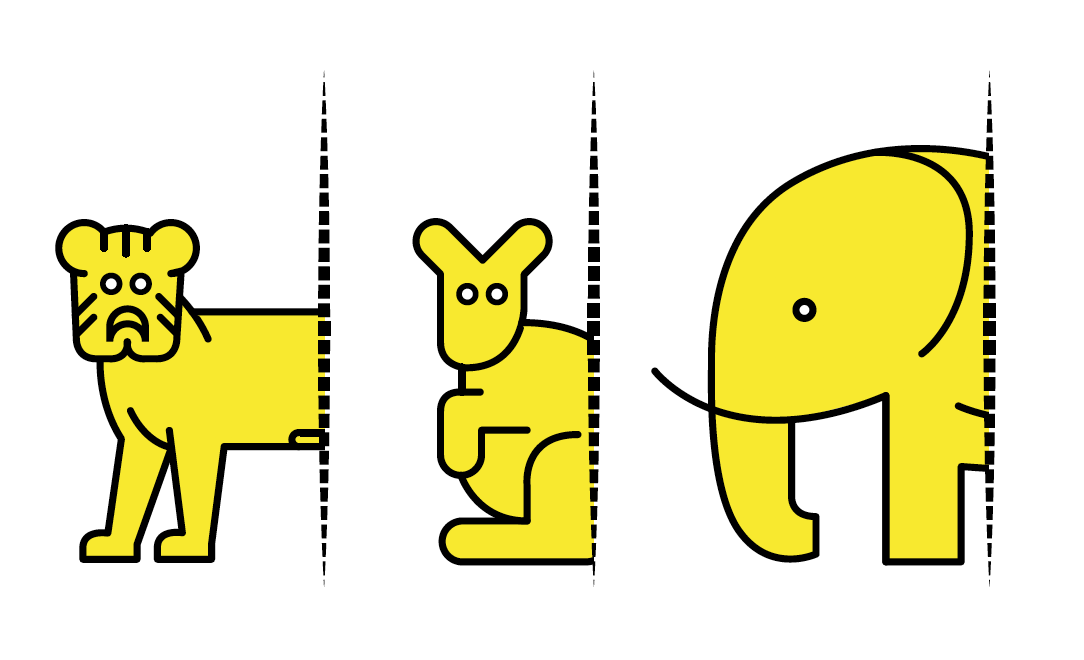
“The global Living Planet Index continues to decline. It shows an average 68% decrease in population sizes of mammals, birds, amphibians, reptiles and fish between 1970 and 2016.”
“Animals living in the world’s lakes, rivers, and freshwater systems have experienced the most dramatic population declines, at 84 percent, because of human activity.”

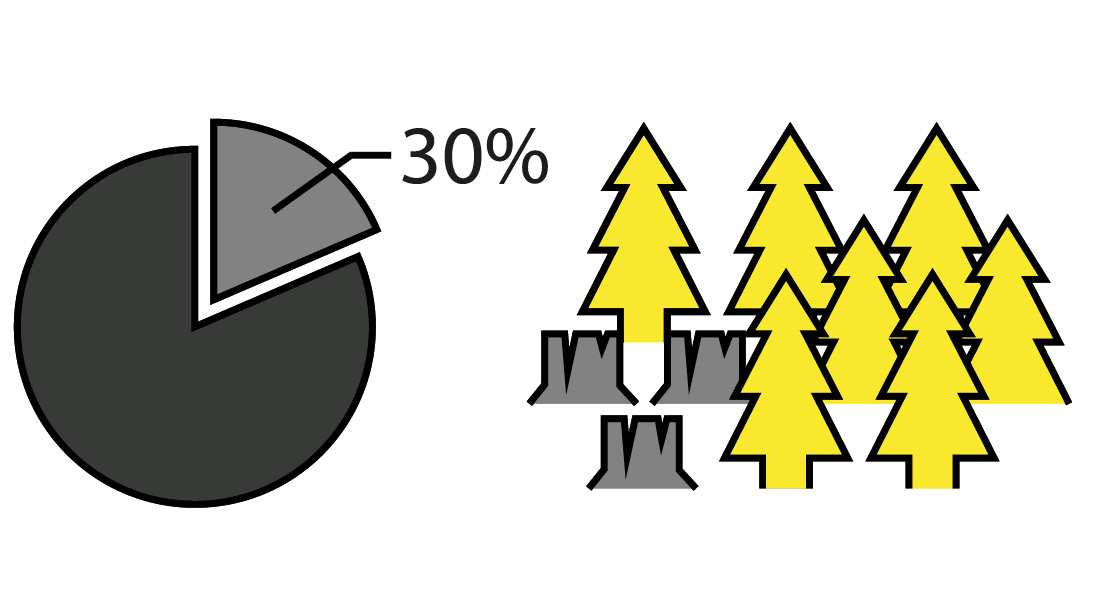
“30 percent of global forest cover has been cleared, while another 20 percent has been degraded. Most of the rest has been fragmented, leaving only about 15 percent intact.”
"Two in five of the world's plant species are at risk of extinction as a result of the destruction of the natural world”
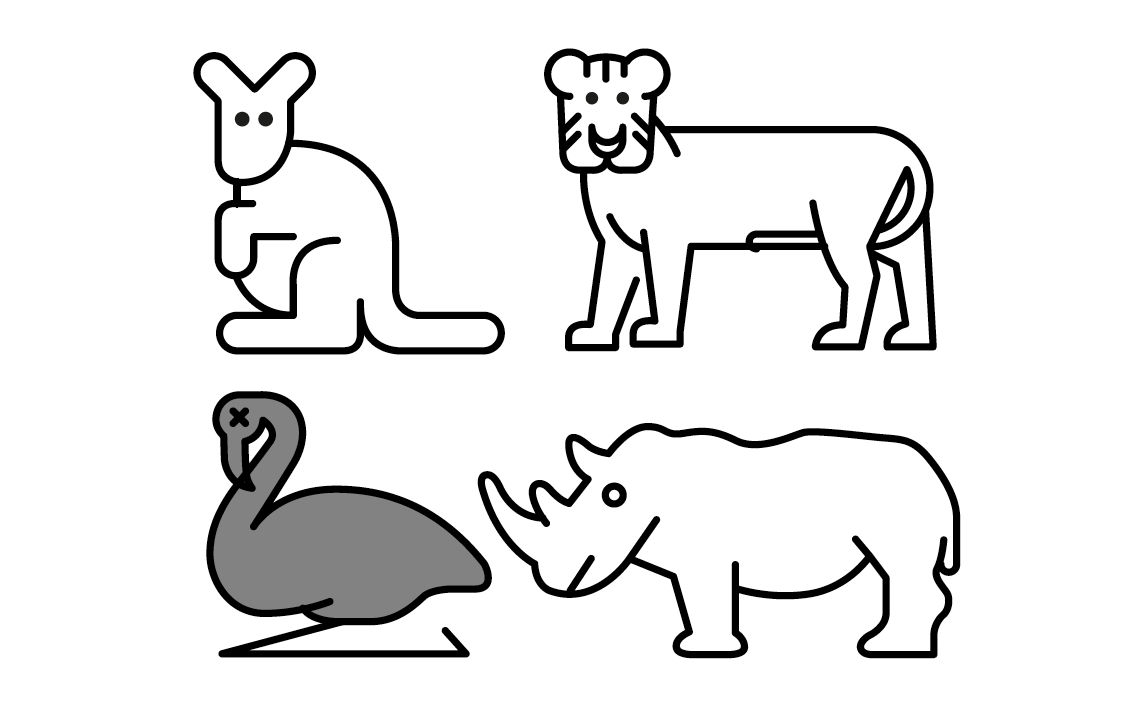

“By the year 2050, more than 98 percent of global coral reefs will be afflicted by bleaching-level thermal stress every single year from which they could not recover."
Biodiversity could reach a tipping point by 2045, threatening to collapse all of Earth’s ecosystems, threatening all life on Earth.


“Diets rich in beef and other red meat can be bad for a person’s health. And equally [as] bad for Earth’s biodiversity… human carnivory, and its impact on land use is the single biggest threat to much of the world’s flora and fauna.”
“Cattle ranching is the number one culprit of deforestation in virtually every Amazon country, and it accounts for 80% of current deforestation.”
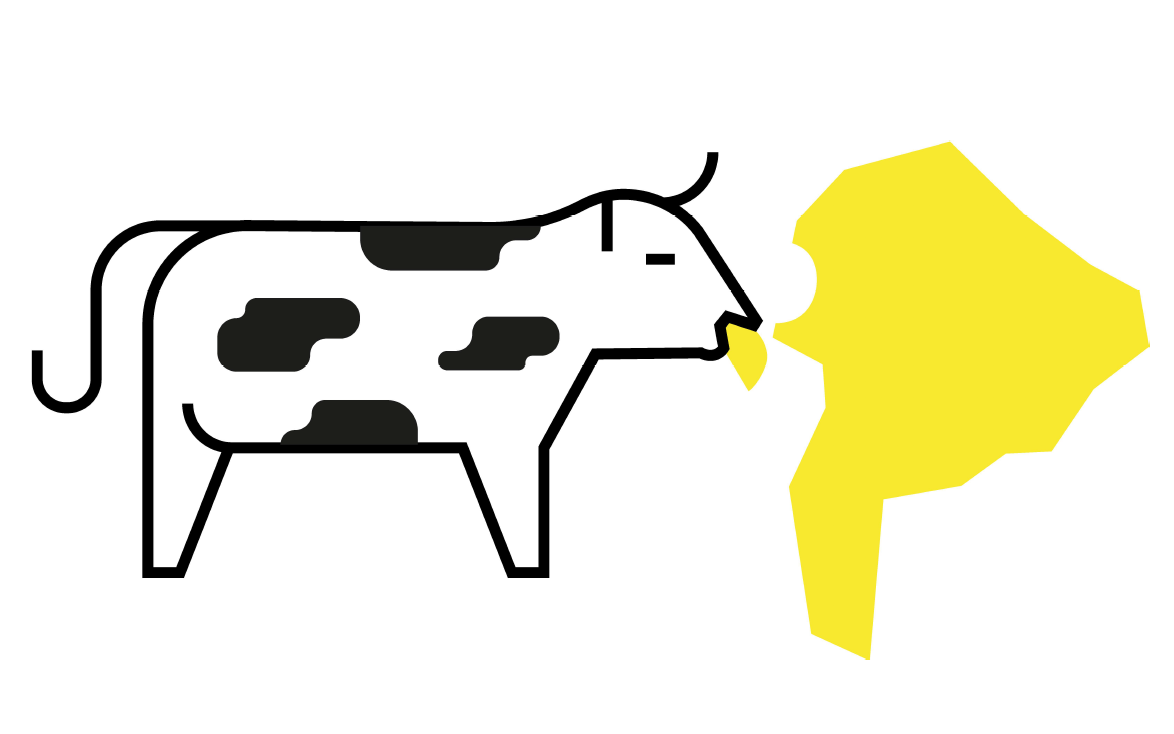
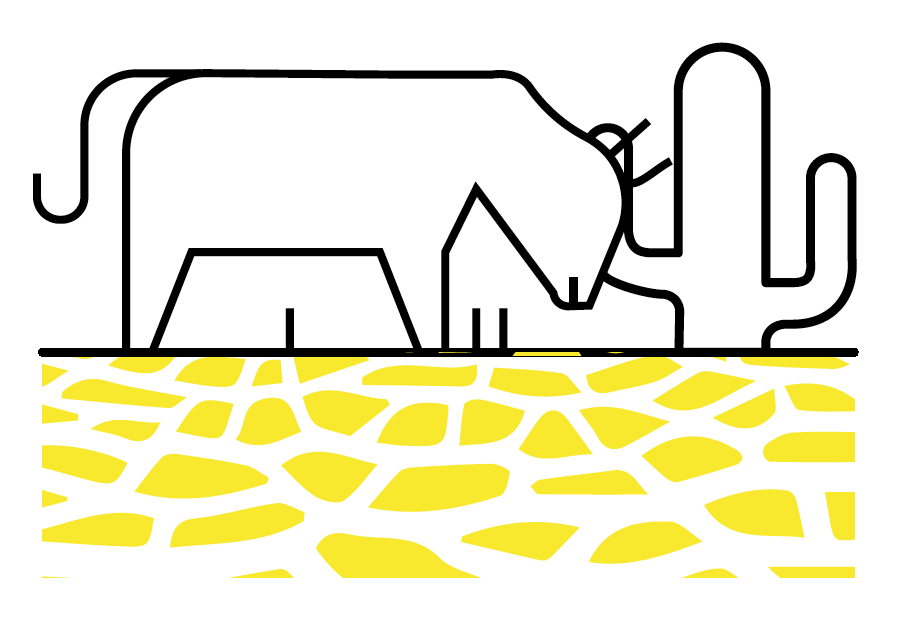
“The livestock sector may well be the leading player in the reduction of biodiversity, since it is the major driver of deforestation, as well as one of the leading drivers of land degradation, pollution, climate change, overfishing, sedimentation of coastal areas and facilitation of invasions by alien species.
In addition, resource conflicts with pastoralists threaten species of wild predators and also protected areas close to pastures.”
THE SOLUTION
Back to the problem
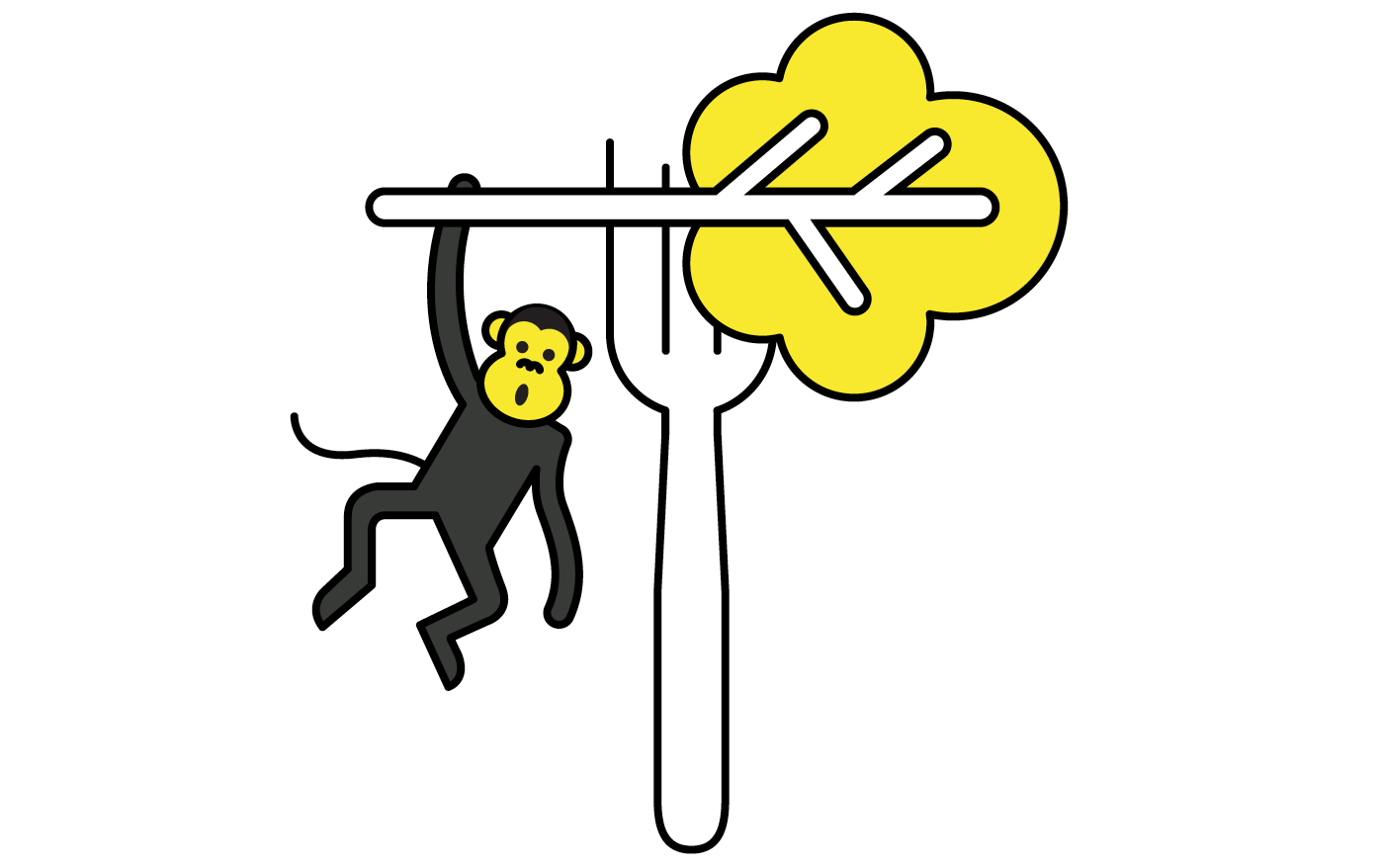
“A no meat diet would have the single greatest benefit, preventing the loss of 60% of biodiversity loss.”
"a diet excluding animal products has transformative potential, reducing land use by 76 percent, agricultural greenhouse emissions by 50 percent, acidification by 50 percent, eutrophication by 49 percent and freshwater withdrawals by 19 percent."
